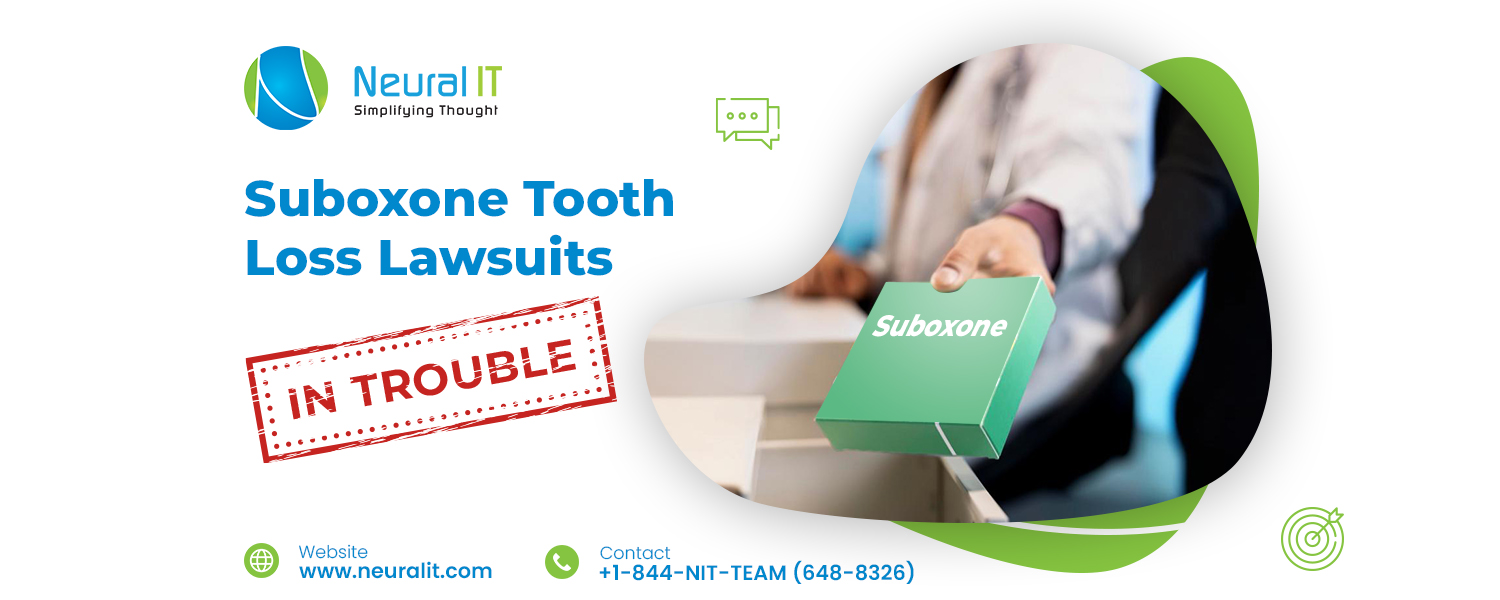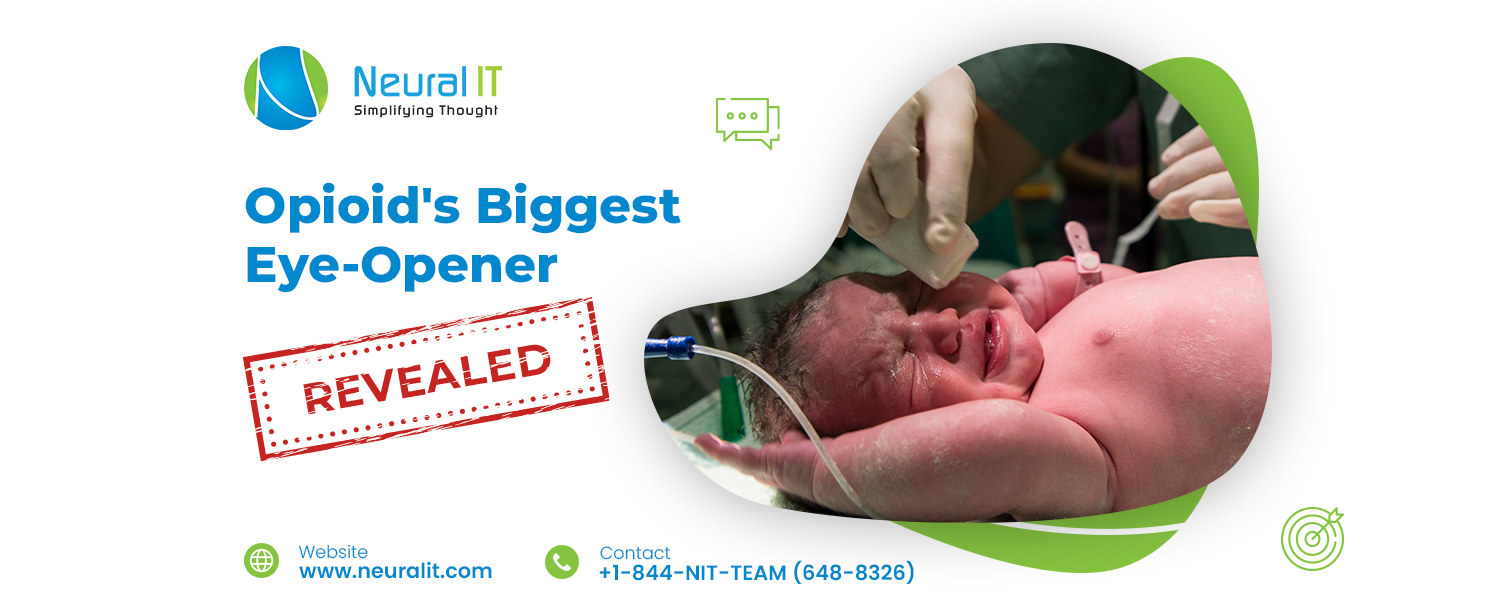Weekly Mass Torts Bulletin 2025-April-28
Paraquat MDL Settlement Reached in Parkinson’s Lawsuits

According to newly filed court documents, a settlement agreement has been reached in the Paraquat multidistrict litigation (MDL), which could potentially resolve thousands of lawsuits that allege a link between Paraquat exposure and Parkinson’s disease.
The weedkiller, manufactured and sold by Syngenta and Chevron, has been the focus of widespread litigation across both federal and state courts. Plaintiffs in these cases claim that they were not properly warned about the health risks associated with Paraquat, particularly the potential to develop Parkinson’s disease.
Scope of the Litigation
Syngenta and Chevron currently face over 5,800 lawsuits in the federal court system alone, with several hundred more cases pending in California and Pennsylvania state courts. All of these lawsuits raise similar accusations: that the manufacturers failed to adequately disclose the neurological risks tied to Paraquat exposure. In response to the growing number of federal cases, a Paraquat MDL was established in June 2021 in the Southern District of Illinois to streamline pretrial proceedings and coordinate discovery. The MDL also includes plans for “bellwether” trials intended to help predict how juries may respond to evidence common to many of the cases.
Bellwether Trials and Appeals
In April 2024, the presiding judge selected the first group of bellwether cases, but later excluded critical expert witness testimony presented by the plaintiffs. This ruling is currently being reviewed by the U.S. Court of Appeals for the Seventh Circuit. While the appeal remains pending, the judge selected a second group of 10 bellwether cases in late 2024. These cases rely on different expert testimony and are being prepared for trial dates scheduled in October 2025 and April 2026.
Joint Motion to Pause Appeal
On April 14, 2025, legal counsel for both plaintiffs and defendants filed a joint motion with the appellate court, requesting that the appeal be held in abeyance. This motion followed the signing of a Letter Agreement between both parties that is aimed at resolving the MDL cases for an undisclosed amount. The motion stated that finalizing the settlement could eliminate the need for the appeal, which would promote judicial efficiency.
Details Pending and State Cases Continue
While the Letter Agreement marks a major step toward resolution, specific details such as average settlement payouts and the total number of claims impacted have not yet been disclosed. The agreement appears to focus solely on the federal MDL. Meanwhile, hundreds of additional Paraquat lawsuits in state courts are expected to proceed, with at least one case in California set to go before a jury this summer.
Suboxone Tooth Loss Lawsuits Reviewed at MDL Meeting
The U.S. District Judge overseeing the federal Suboxone tooth decay multidistrict litigation (MDL) is scheduled to meet with attorneys tomorrow to assess the progress of pretrial proceedings and strategize on resolving over 11,000 product liability claims.
These lawsuits allege that Suboxone, an opioid addiction treatment, has led to severe dental issues, including tooth decay and loss.
Background on Suboxone and Dental Concerns
Suboxone, comprising buprenorphine and naloxone, was approved by the FDA in 2002 to aid individuals recovering from opioid addiction. Initially available in tablet form, it was later introduced as sublingual film strips designed to dissolve under the tongue. However, reports of dental problems, such as cavities, tooth erosion, and tooth loss, emerged, leading the FDA to mandate a warning label update in June 2022. Patients claim that earlier warnings could have prevented these adverse effects.
Centralization and the Schedule A Filings
In response to the growing number of lawsuits, the Judicial Panel on Multidistrict Litigation centralized the cases in the Northern District of Ohio under Judge J. Philip Calabrese. To manage the influx, especially from states with a two-year statute of limitations, the court permitted the filing of bundled complaints, known as Schedule A cases, encompassing approximately 9,600 plaintiffs. These filings allowed individuals time to gather necessary documentation while preserving their claims.
Census Protocols and Bellwether Trials
To streamline the litigation, Judge Calabrese has implemented a census protocol requiring plaintiffs to submit detailed information about their claims, including medical records and product identification. This process aims to identify representative cases for bellwether trials, which serve as test cases to gauge jury responses and facilitate potential settlements. While some unqualified claims have been dismissed, the majority remain active, and efforts continue to ensure compliance with the census requirements.
Upcoming Status Conference and Future Proceedings
During the forthcoming status conference, discussions will focus on the progress of the census, challenges in obtaining medical records, and the selection of bellwether cases. The court has also addressed issues with healthcare providers who have not complied with document production orders, emphasizing the importance of timely evidence gathering. As the litigation advances, these bellwether trials will play a crucial role in determining the direction of the remaining cases and the potential for settlements.
Anticipated Increase in Filings
With the three-year anniversary of the FDA's warning label update approaching in June 2025, an increase in filings is expected, particularly from states with a three-year statute of limitations. To accommodate this, the court has allowed up to 100 plaintiffs to be included in a single complaint, streamlining the process and reducing filing fees. This measure aims to manage the anticipated surge efficiently while ensuring that claimants have the opportunity to pursue their cases.
As the MDL progresses, the outcomes of the bellwether trials will be instrumental in shaping the resolution of the Suboxone tooth decay lawsuits, potentially influencing settlement negotiations and the handling of future claims.
Study: Opioid Use in Pregnancy May Shrink Newborn Brains

New research from Children’s National Hospital in Washington, D.C., reveals that infants exposed to opioids in the womb have significantly smaller brain volumes than those who were not exposed. The study found a 5% reduction in total brain volume among opioid-exposed infants, drawing attention to the lasting impact of the opioid epidemic on the most vulnerable population—newborns.
Opioid Use During Pregnancy and NAS
For years, it has been understood that pregnant women who use opioids are at risk of giving birth to infants with neonatal abstinence syndrome (NAS), a withdrawal condition affecting newborns exposed to drugs before birth. NAS can cause a range of symptoms including seizures, trouble sleeping, heightened reflexes, congestion, poor feeding, vomiting, and dehydration. While the physical withdrawal symptoms are well-documented, newer concerns focus on the long-term neurodevelopmental effects of opioid exposure during pregnancy.
Brain Volume and Structural Changes Identified
The recent study focused on the structural brain changes associated with prenatal opioid exposure. Researchers analyzed MRI scans from infants born between 2020 and 2023, as part of the Outcomes of Babies with Opioid Exposure study. A total of 173 pregnant women who had been exposed to opioids—including medications used to treat opioid use disorder like methadone and buprenorphine—were compared to a control group of 96 pregnant women with no such exposure.
MRI results performed within the first year of life revealed significant reductions in brain volume among opioid-exposed infants. These reductions included total brain volume, as well as specific areas such as cortical gray matter, deep gray matter, white matter, cerebellum, brainstem, and both the right and left amygdala.
Key Volume Comparisons
The data showed opioid-exposed infants had an average total brain volume of 387 cm³ compared to 407 cm³ in the control group. Cortical volume was also lower in the exposed group, measuring 167 cm³ versus 176 cm³ among infants with no exposure. Importantly, the study also demonstrated that even exposure to medications used to treat opioid addiction—namely methadone and buprenorphine—contributed to smaller brain regions.
Infants exposed to methadone in utero had a reduced white matter volume (155 cm³) compared to the control group (166 cm³). Those exposed to buprenorphine had smaller right amygdala volume, measuring 0.51 cm³ versus 0.55 cm³ in non-exposed infants. These differences were consistent across other brain regions, including the cerebellum, deep gray matter, and brainstem.
Polysubstance Exposure Leads to Greater Reductions
The findings were even more pronounced among infants exposed to multiple substances in addition to opioids. In these cases, a broader range of brain regions showed reduced volume, suggesting that combined substance use may compound the neurodevelopmental risks.
Implications for Infant Health and Development
Based on these results, the researchers concluded that prenatal opioid exposure impairs regional brain growth, possibly setting the stage for long-term developmental and neurological issues. The study highlights the sensitivity of the developing brain to toxic substances like opioids and raises concern that smaller brain volumes may serve as early indicators of neurodevelopmental dysfunction later in life.
This insight may be crucial for clinicians aiming to identify and monitor at-risk infants, enabling earlier interventions and support for affected families. Pediatricians could use this information to guide screening efforts for neurodevelopmental conditions and connect families with appropriate therapies and resources.
Broader Health Risks from Prenatal Opioid Exposure
In addition to impaired brain development, opioid exposure during pregnancy has been associated with a range of adverse outcomes. These include poor fetal growth, preterm birth, stillbirth, and birth defects such as cleft palate and clubfoot. Developmental delays and behavioral disorders may also occur as the child grows.
A related study from Vanderbilt University Medical Center found that infants born to mothers with opioid addiction have a higher risk of dying within their first year of life. Furthermore, 2024 data indicates that prenatal opioid exposure raises the risk of conditions such as epilepsy, ADHD, depression, and other mood and neuropsychiatric disorders, underscoring the urgent need for preventive care and early intervention strategies.

